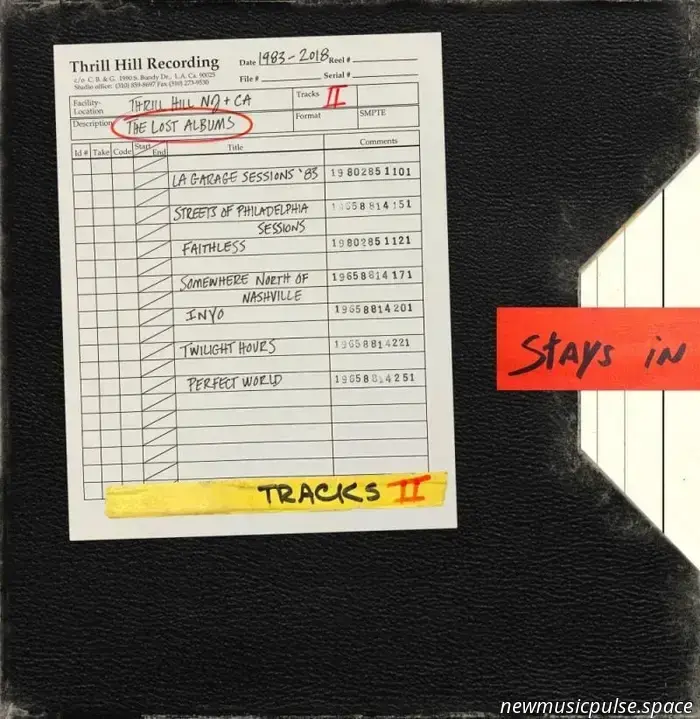
COVID-19 led all of us to engage in some quite bizarre behaviors. From governments breaking laws to awkward conga lines winding through the suburban streets of middle England—one certainly stands out as worse, yet both experiences left lasting impressions on our minds. In response to the pandemic, we collectively lost our sanity. Bruce Springsteen, the creator of some of the greatest albums you'll ever hear, decided to spend his time exploring a more personal, albeit equally painful, state of despair. Looking back, Springsteen’s output in the 90s isn’t as deserving of derision as critics at the time suggested. While the simultaneous release of ‘Lucky Town’ and ‘Human Touch’ didn’t match the remarkable heights of ‘Born to Run’ and ‘Darkness on the Edge of Town’, it’s unrealistic to expect anyone to maintain such brilliance indefinitely. Bruce certainly showcased his exceptional talent for much longer than many artists.
What started as an examination of the leftover material from his most tumultuous decade led to a follow-up of the 1998 box set ‘Tracks’, which compiled unreleased material from his entire career up to that time. ‘Tracks II: The Lost Albums’ is an entirely different entity. In this set, we don’t merely receive discarded songs from the famously self-critical Springsteen taken from successful albums; we now have complete albums that have never been released before, covering his commercial highs in the early 80s through his 'challenging' 90s and a successful 21st Century phase that has firmly established him as the preeminent figure in heartland Americana music. This collection offers a deep dive into some of the far less known segments of his illustrious career, filling in gaps while simultaneously sparking new discussions about what Springsteen's legacy might have looked like had these works been released earlier.
On the surface, ‘Tracks II’ appears as a form of indulgent fan service, yet Springsteen is not the type of artist who would risk his career for something that only appeals to his most devoted followers. However, once you delve into it, the most astonishing aspect—among many—is how accessible and enjoyable most of it is. A cynic might argue that this accessibility stems from Springsteen's habit of broad strokes, but it truly reflects how, at a fundamental level, music like this creates a shared space where everyone can discover something to appreciate. Even before any of these recordings made it off of the shelves where they had sat for over four decades, Springsteen already had one of the most consistently impressive catalogues in contemporary music. ‘Tracks II’ serves to illustrate, if further proof were needed, that his achievements were by no means accidental.
—
—
LA Garage Sessions ’83:
L.A. Garage Sessions ’83 fills in one of the most intriguing gaps in his career thus far. It has always been a bit of a mystery how Springsteen transitioned so effortlessly from the introspective nature of 1982’s Nebraska to the grandiosity of 1984’s ‘Born in the U.S.A.’—surely there must be more to it than just “he reunited with the E Street Band”? These recordings provide some clarity while maintaining some of the intrigue. The essence of ‘Nebraska’ is evident here, especially in tracks like ‘Fugitive’s Dream’, which transforms the album's titular Garage into the most intimate venue the Boss has ever played. Conversely, songs like ‘Follow That Dream’ and the brief yet charming ‘Little Girl Like You’ reveal his more expressive side, a quality he would grow more comfortable with during the creation of 'Born in the USA'. The ability he demonstrates to shift between various moods and tones showcases that the foundation of his songwriting remains unchanged, with the studio being the place where the diversity of his work arises.
It’s challenging to predict how many songs recorded during these sessions would have become hits for Springsteen. However, one cannot help but feel that over 40 years of familiarity with tracks like ‘Black Mountain Ballad’ or ‘The Klansman’, circulating on mixtapes, burned CDs, or playlists among longtime and new fans alike, would have further enriched the established and extensive Springsteen repertoire. ‘Born in the U.S.A.’ exemplifies how crucial Springsteen’s own perfectionism has been to his most significant successes. As much as it highlights that Bruce is probably the best at crafting this type of stadium-sized Americana, we must remember that he had around 70-90 songs to choose from for the final release. It could have easily evolved into a double album, which might have weighed it down until it became unwieldy. Tracks like ‘One Love’ and ‘Unsatisfied Heart’, both excellent in their own right, do not belong within the precise cohesion of the final album’s tracklist, further emphasizing that Springsteen is just as valuable as an editor as he is in front of adoring crowds.
Streets of Philadelphia Sessions:
The second disc shifts both in recording quality


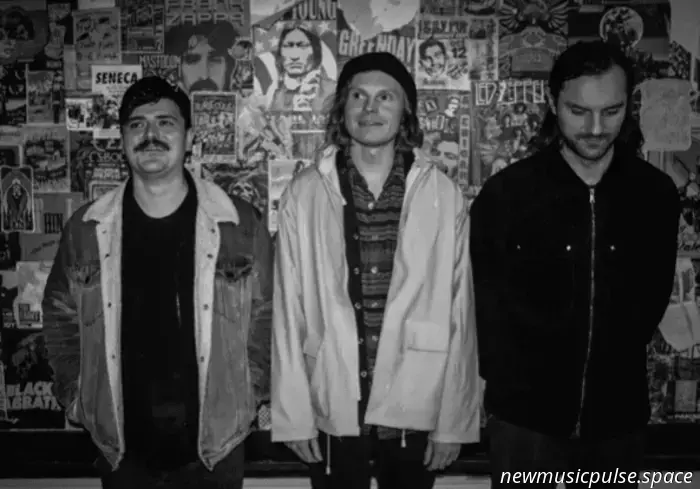
Doops have released their new single "Everything's Fine." The Reading trio has been touring during the early months of 2025, performing a series of shows.
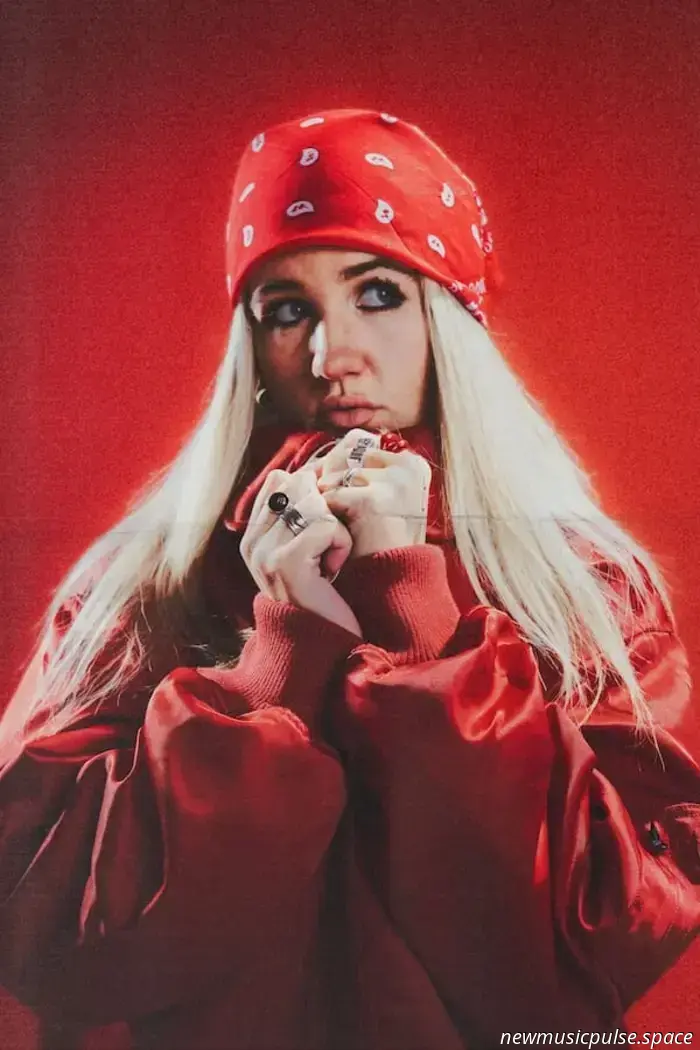
Ines Rae has released her latest pop anthem 'Pretty Girls Scare Me'. The artist is currently on a roll, as 2025 has already produced impressive singles like
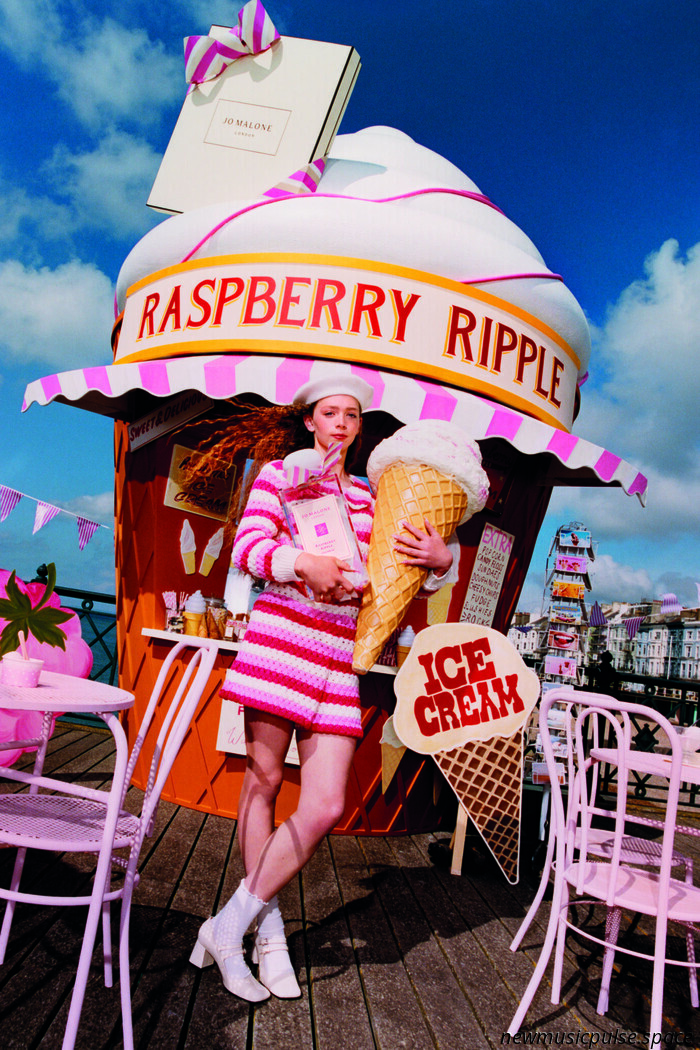
To commemorate the introduction of its Raspberry Ripple cologne, Jo Malone is heading to the British seaside...in a city style. Imagine the peak excitement of a bank holiday;
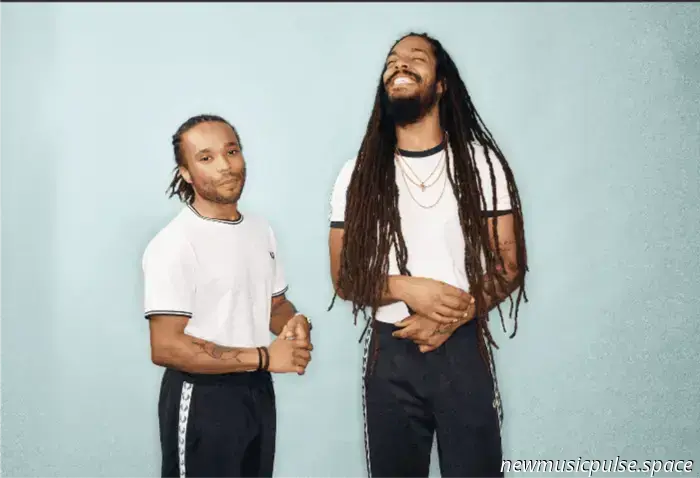
Manchester's Radar Festival addressed their choice to remove Bob Vylan from the line-up. The band performed at Glastonbury over the weekend and issued a
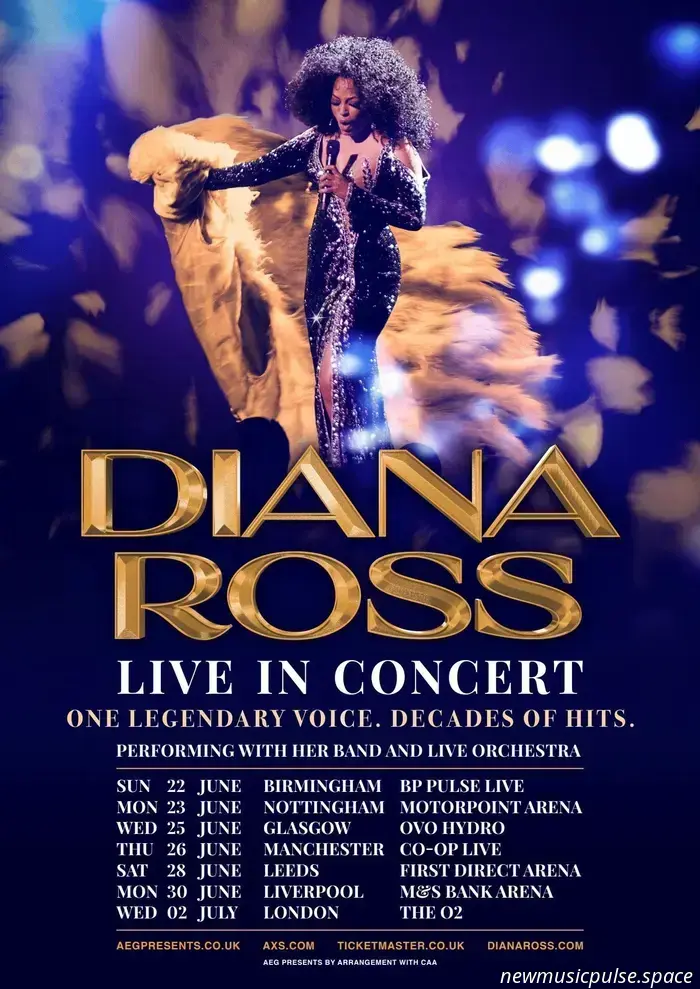
"My tale has often been called a traditional 'rags to riches' story, but the Rosses were never in a tattered state," Diana's voice echoes to The O2 as individuals gradually

Antony Szmierek is beginning therapy in 2025. “I believe this is my year to talk to someone!” he chuckles. “I’m not sure if I can handle it for a whole year!”
COVID-19 compelled everyone to engage in some rather unusual activities. This included governments acting unlawfully and embarrassing parades of people dancing along the suburban streets.